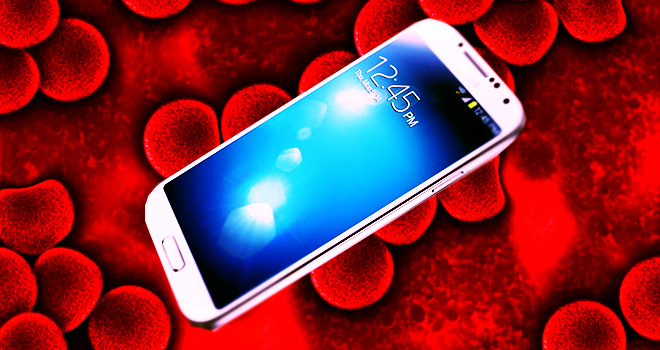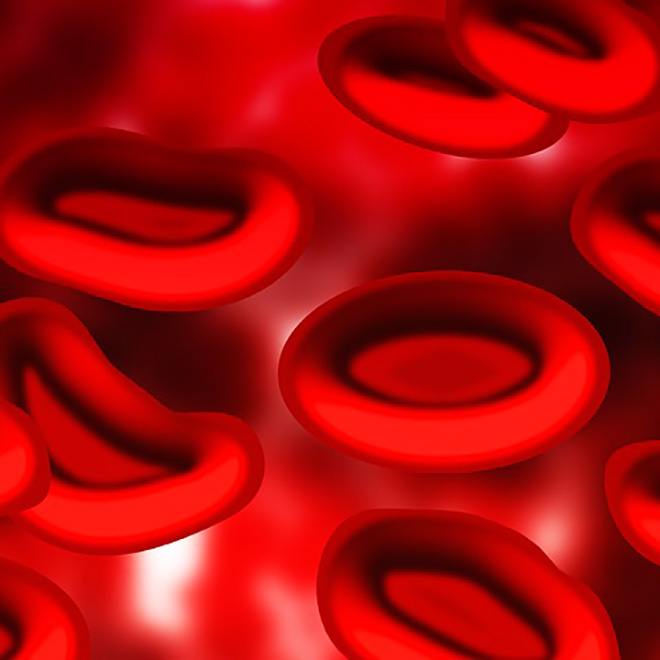
Magnetic levitation and smartphones have been put to work by scientists to create a simple blood testing kit for sickle cell anemia. This hereditary blood disorder deforms red blood cells, clogs up small blood vessels and exposes suffers to pain, infections and other health problems. The condition, caused by a genetic mutation, is particularly rife among the peoples of sub-Saharan Africa where it affects up to a quarter of the population.
Accessory Made using a 3D printer
The test requires a simple attachment that plugs into the top of a Samsung Galaxy S4 smartphone, and the results are analyed within the phone using a custom Android app. The attachment is equipped with two magnets, an LED light and a lens. It is manufactured using 3D printing and was designed by researchers from the University of Connecticut. They report the development in a paper published this week in the journal Scientific Reports.

The test requires only a small quantity of blood and is easier, quicker and cheaper than other sickle cell anemia tests which require laboratory equipment. This testing kit was developed so that it can be used in the field by doctors and nurses. During development the researchers prepared blood samples in the laboratory but they report in their paper that untrained workers using finger-powered mixing equipment could perform the test in the field.
Affected cells levitate less than healthy cells
The blood to be tested needs to mixed into a solution of gadolinium and sodium salts. This solution is then squirted through a small disposable transparent capillary tube that is clipped into the smartphone attachment between its two magnets. The tube is illuminated by the smartphone attachment’s LED light which is mounted opposite the phone’s camera.

The magnets have like poles facing each other. The salt solution is more susceptible to the resulting magnetic field than the red blood cells. This set up means that the blood cells levitate within the fluid as they pass through the tube between the magnets. This upward movement is captured by the smartphone camera. Since the affected red blood cells in the solution are denser than normal red blood cells, they respond differently to the magnetic field: the affected cells levitate less than unaffected cells.
App does not need an internet connection
The researchers report that in their laboratory tests ‘we were able to distinguish between the levitation patterns of sickle versus control red blood cells’. The app analyses the data collected by the camera and determines to what extent the red blood cells in the sample are affected by sickle cell anemia. The Android app runs ‘native’ on the phone so that this test can be performed in remote areas without an internet connection.
This is the latest medical application for smartphones which have already been pressed into service in a range of applications including the diagnosis of irregular heart rhythms, analysis of urine samples and tests for food allergens.

















